It’s hard to imagine a Hollywood blockbuster without cool special effects. Amazing visual effects make our favorite movies even more spectacular and interesting to watch. But some action scenes really seem to defy the laws of physics for the sake of art.
We at Here came up with this fun list of cool special effects in popular movies that should wear a “Don’t try this at home” warning.
9. Vehicles can fly.
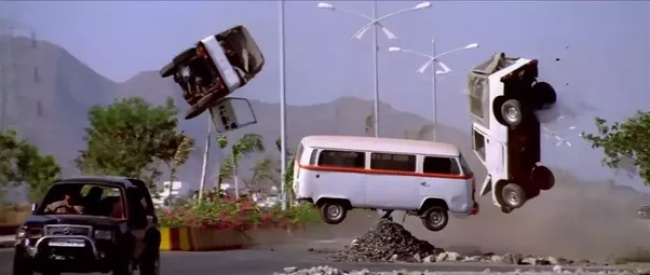
Advertisements
© V.R. Entertainers
It seems like moviemakers love making cars and buses fly around like there’s no gravity in this world. Buses are jumping over incomplete bridges, and cars are flying after they crash. We’re sure you’ve seen these scenes in your favorite blockbusters. However, the laws of physics can’t be ignored that easily.
In real life: An object like a car or a bus would neither jump over a gap nor fly after a crash. The explanation lies in projectile motion kinematics, which says no matter how fast an object is traveling, if it is launched horizontally it will always fall down.
8. Sound and light travel at the same speed.

© Walt Disney Studios Motion Pictures
Every time we see lightning in a movie, we hear the sound of a lightning bolt. They occur simultaneously. However, every schoolkid knows that light is faster. Just more proof that we shouldn’t learn physics from Hollywood movies.
In real life: First, you see the bolt, and then you hear the sound. The speed of light is 299,792,458 meters per second; the speed of sound is only about 300 meters per second depending on temperature, the density of air, and many other factors.
7. Visible lasers are everywhere.
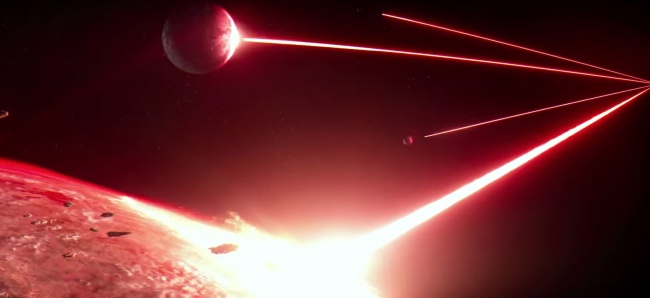
© Walt Disney Studios Motion Pictures
They often use laser weapons during space battles, don’t they? However, the appearance of a laser beam as a streak of light, especially in space, is just another myth from the silver screen.
In real life: Lasers would have no chance to glow. When a laser beam becomes visible, it is scattering off minute particles dispersed along its path. The visibility and color of laser beams only depend on the medium through which they’re traveling, which contains dust particles and air molecules. And we know that there are no air particles in space.
6. The explosions of vehicles are imminent.
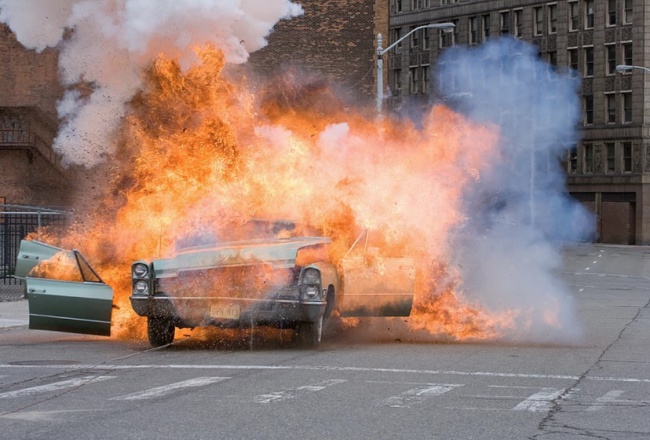
© Anchor Bay Films
It seems like even the slightest damage to a vehicle in a movie results in a large explosion, no matter if the car just fell off a cliff or if 2 cars crashed into each other. Shooting a gas tank left a tiny dent, and bang! A terrific explosion turns the car into a burst of flames. Don’t take this one for granted either!
In real life: Normally, vehicles rarely catch on fire when they crash. Gasoline is a liquid, and gas burns as a vapor. So the liquid gas in a gas tank would have to convert to vapor, mix with the air in the proper proportions, and be ignited in order for the car to blow up.
5. Bullets fly at the same speed in water.

© depositphotos
Sponsored Links
Those scenes where people dive into a body of water, like a pool, canal, or even an ocean, to avoid being hit by a stray bullet are countless. Still, there’s a good deal of mystery about whether being underwater can save one from bullets.
In real life: Bullets usually do not go further than a few feet into the water. An opposing force, or the resistance that a fluid offers against the movement of an object moving through (which is called drag), opposes the forward motion of a bullet. A bullet sails easily enough through the air, but as soon as it reaches the surface of the water, things change.
4. Cool guys don’t look at explosions.
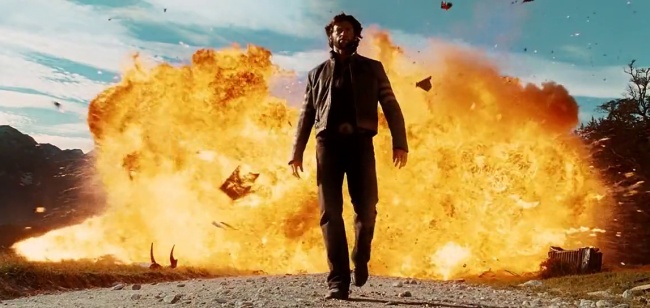
© 20th Century Fox
Epic explosions that shatter buildings and cars are a very popular special effect in movies. And most of the time, if there’s an explosion, there’s also a tough guy who never looks at the explosion but walks away resolutely instead. Well, that’s not how it works in real life.
In real life: The shock wave would kill the hero. The energy released from an explosion creates a supersonic blast wave strong enough to knock down a huge building and, yes, a human being too.
3. Sounds can be heard in outer space.
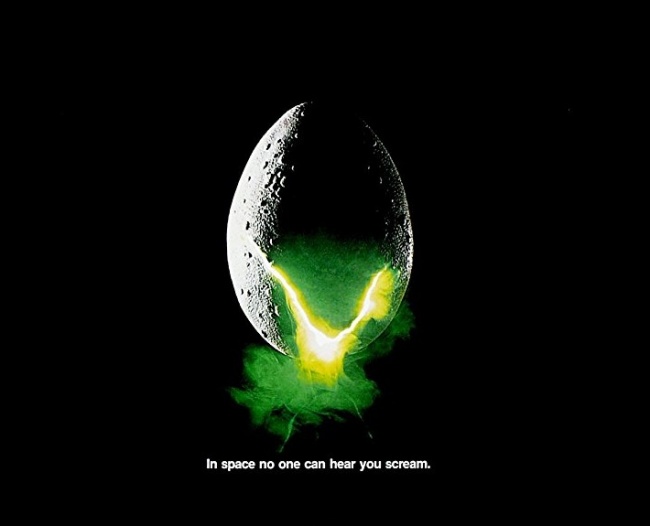
© 20th Century Fox
Moviemakers often “add” sounds to their space scenes. If you try to recall a scene where a spacecraft chases a villain in a far away galaxy, you’ll hear the sounds of their weapons shooting, missiles launching, and engines roaring. Well, again, this is just to give us an additional dose of emotions and a spectacular action scene on the screen.
In real life: No one can hear sounds in outer space. What we call “sound” is actually vibrations in the air. And, since there is no air in space, there’s no sound for those who are out there. As Alien’s tagline correctly read: “In space no one can hear you scream.”
2. Radioactivity makes one glow.
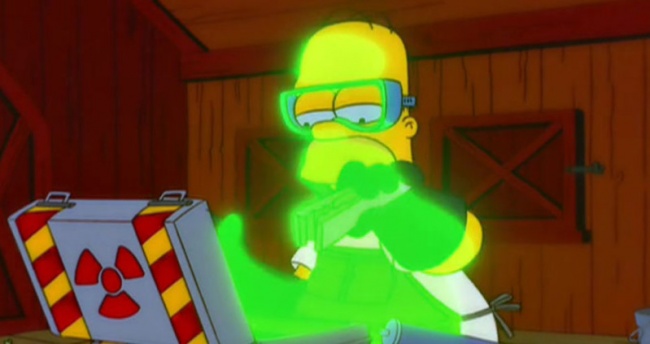
© 20th Television
Science fiction and movies made audiences believe that radioactivity is contagious. A hero who was exposed to radioactivity comes back glowing in the dark, and everyone else avoids touching that guy. But that’s not exactly how it works.
In real life: The majority of radioactive elements are not contagious. Radioactivity is the explosion of the nucleus, which damages DNA. Other atoms don’t turn into radioactive ones.
1. Jumping through a shattered window is no big deal.
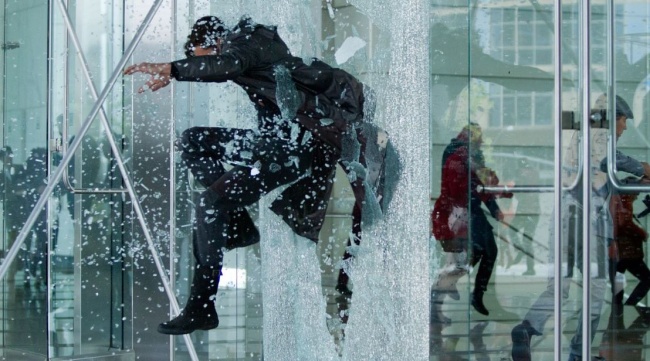
Advertisements
© Paramount Pictures
Who doesn’t love those dramatic moments in Hollywood movies when people routinely smash through plate glass windows and hardly escape with their lives? And without a scratch! But it’s just another stunt you should never try at home.
In real life: A shattered window contains thousands of incredibly sharp edges and dagger-like points. It takes almost no force for these points or edges to cut through cloth and skin, assuming that the shards of glass created by its breaking will resist being moved further and that the resistance force is enough to allow them to deal deadly wounds to anyone who moves through the glass.
When watching a movie, we’ve all yelled at the screen, “Come on! How on Earth is that possible?” So, if you did, share with us your favorite special effects scene that seems to be laughing in the face of physics.
Preview photo credit Walt Disney Studios Motion Pictures, Paramount Pictures



Comments